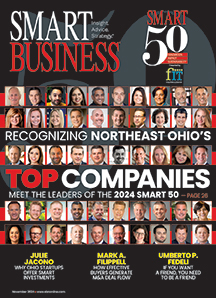Over the past two years, I had the opportunity to earn certificates from HBS Online in entrepreneurship and leadership. And recently, I completed the Management Development Program at the Harvard Graduate School of Education. From that experience, I’ve gathered five key lessons.
- Duality of leadership: Being a leader involves a great balancing act between many things. For example, a leader needs to balance a focus on goals and tasks with compassion and empathy for people. Leaders are solving present issues while pursuing future opportunities. This dual awareness of the present with the future was a common theme in all my classes. Finally, there is a duality of problems to solve as a leader. Many problems have answers and have previously been solved. However, some problems do not currently have a solution and require innovation and organizational change to move the ball forward.
- Define the problem with data: I noticed that each presenter, each case and every module started with the data to provide the context of the situation. Having data to demonstrate the problem provides everyone in the room with the gravity of the situation, makes sure that there is a sense of urgency, and gets us all on board solving the same problem. Describing the problem in detail focuses on the discussion and problem-solving process. Now that we have recognized the problem and identified the problem, we must look for solutions.
- There is a model for that: Using a framework or model is a helpful tool for analyzing the situation, problem or organization. We would often use a two-by-two grid or matrix to analyze the situation, brainstorm solutions and discover insights related to implementation. Using a model and evidence-based solutions expanded the discussion to include multiple variables and a variety of perspectives. This created a more complete solution and way forward.
- Consider the intangibles: This was a theme in almost all of my classes and modules. When analyzing the situation as well as creating an implementation plan, we were encouraged to identify and consider the intangibles. While managers are often considering policies, procedures, people and overall structure of the organization, an effective leader considers the culture, politics, and broader context of the situation. This reminded me of politicians and media that often discuss the perceptions and “optics” of a situation.
- Remain focused and flexible: To return to the duality of leadership, effective leaders must keep the organization focused on the mission and goals, while realizing that there are multiple paths for reaching that goal. The leader needs to be adaptable and flexible with the methods for meeting the mission. While this is sound advice, I want to note that there is a caveat with this approach, as it sounds a lot like the end justifies the means, which could result in ethical lapses.
Effective leaders do these five things daily: Recognize their role, define the problem, apply data for better decisions, consider the context, and remain both focused and flexible. ●
Dr. Eric Swift is a management consultant with the Institute of Entrepreneur Excellence, University of Pittsburgh


